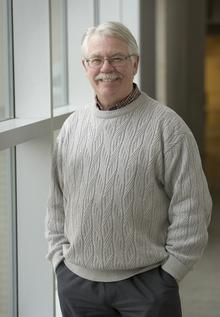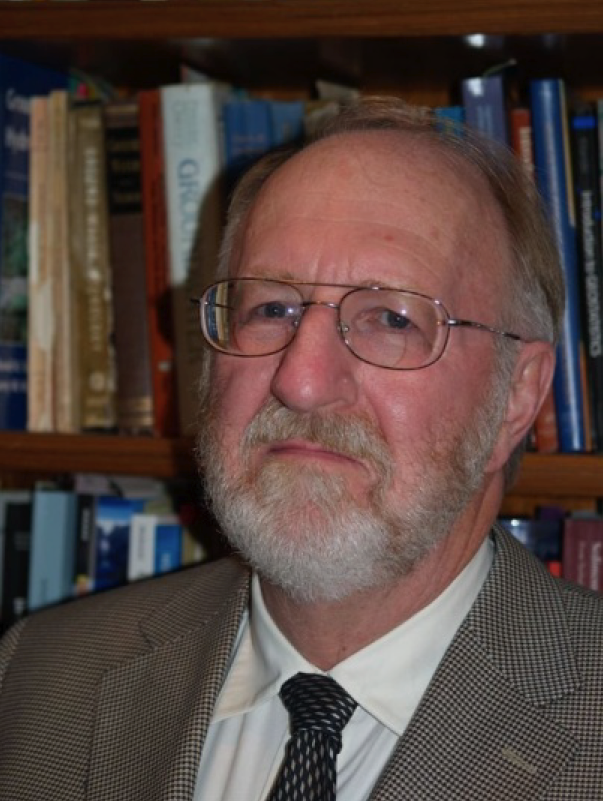Join the Water Institute on Thursday, April 4, for a water seminar delivered by Water Institute member and Earth and Environmental Sciences Professor Maurice Dusseault and colleague Richard Jackson, Geofirma Engineering Fellow and Adjunct Earth and Environmental Sciences Professor.
More information
The emission of methane and hydrogen sulphide gas from legacy gas wells in southwestern Ontario is an emerging public-health issue. In the incised valleys and lowlands to the north of Lake Erie, there are approximately 9,000 old oil and gas wells. These wells often date to before the 1960s and were abandoned to standards of the time, i.e., filled with rubble, pounded lead “seals” and trees, with the steel casings often removed.
Sulphate reduction, almost certainly by methane, produces hydrogen sulphide in the groundwater of the shallow Devonian formations. Artesian discharge at high rates of flow (> 10 L/min) from the Devonian carbonate aquifer from a single abandoned borehole to the incised creeks may emit H2S gas at > 100 ppm. This groundwater discharge is known as “sulphur water”. This concept was outlined in 2010 by T.R. Carter (Ontario Ministry of Natural Resources) and appears in Canada’s Groundwater Resources.
A dozen problem wells have been identified since 2015, sometimes with H2S emissions sufficiently high to cause evacuation of nearby homes. Four processes exacerbate this H2S hazard and will create more such legacy-well incidents:
1. The progressive development of buoyant methane gas slugs that migrate up the poorly abandoned boreholes into the Devonian carbonate aquifer promoting sulphate reduction followed by groundwater discharge to the incised valleys.
2. The progressive deterioration of cement used in many plugging and abandonment operations due to sulphate-induced expansion and cracking.
3. The progressive corrosion of steel casings in sulphate-rich groundwater.
4. The progressive sprawl of communities into areas with many abandoned boreholes.
Although gas migration issues will be more common and likely more severe in poorly abandoned wells, there is no guarantee that more modern wells with cemented casings and interior cement plugs will be entirely immune over time.
Speaker information


He then joined INTERA in Austin, Texas in 1989 to work on groundwater cleanup at sites across the USA. He returned to Canada in 2006, to characterize the proposed deep rock site for nuclear-waste storage known as the Deep Geological Repository at the Bruce Nuclear site. Over the last ten years, he has been advisor to municipalities including San Diego, Vancouver and Elmira on problems associated with the remediation of contaminated groundwater.
He received the 2008 Geoenvironmental Award from the Canadian Geotechnical Society and the 2013 Farvolden Award by the Canadian chapter of the International Association of Hydrogeologists. He lives in Heidelberg.